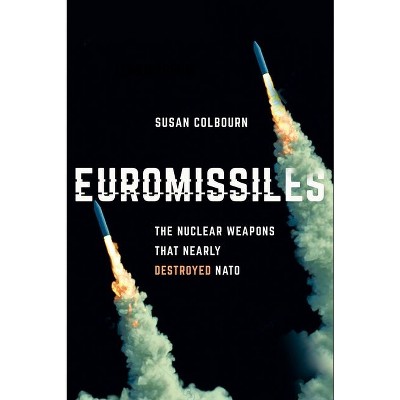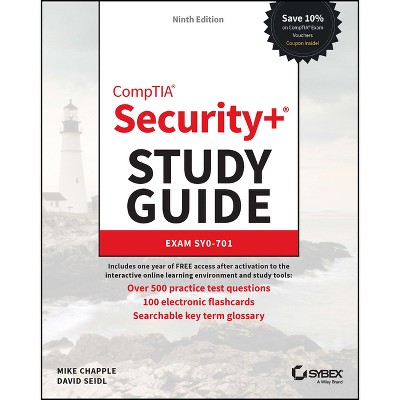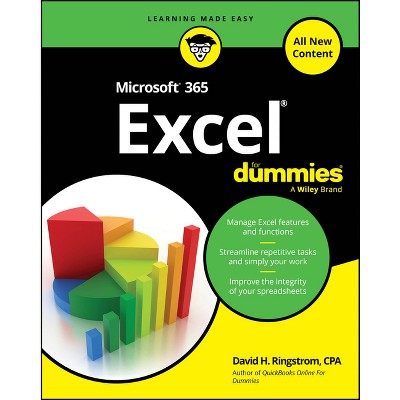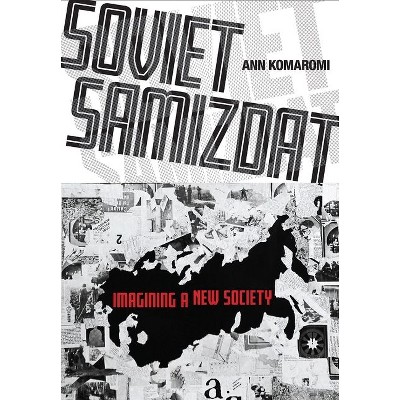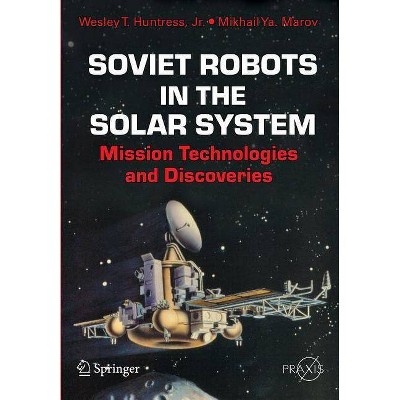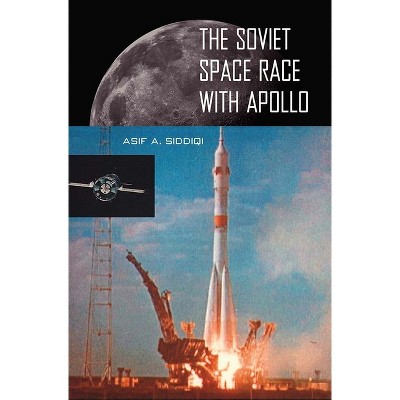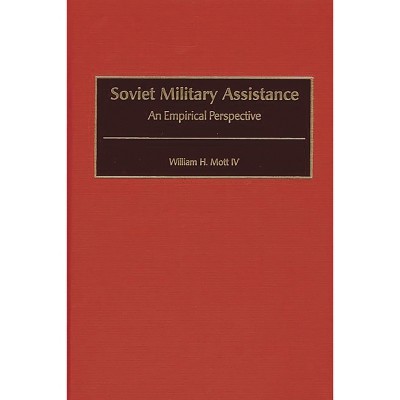Sponsored

The Soviet Challenge in the 1990s - by Stephen J Cimbala (Hardcover)
In Stock
Sponsored
About this item
Highlights
- The proverbial Soviet enigma has never seemed more elusive to Western analysts than now.
- About the Author: STEPHEN J. CIMBALA is Professor of Political Science at Pennsylvania State University, Delaware County Campus.
- 325 Pages
- Technology, Military Science
Description
About the Book
The proverbial Soviet enigma has never seemed more elusive to Western analysts than now. General Secretary Gorbachev's demonstrated willingness to reallocate resources, the upheavals in the internal Soviet system wrought by perestroika and glasnost, and a new strategic reliance on defensive sufficiency may all have profound implications for U.S.-Soviet relations in the future. In this volume, distinguished academics, researchers, and government and military strategists look ahead to the 1990s and examine probable trends in the superpower relationship over the course of the next decade. An excellent source of readings for courses in international relations, national security, and foreign policy, the book focuses particularly on the strategic and military aspects of the relationship.
The book is divided into four parts and begins by addressing concepts of strategy. The contributors outline U.S. strategic practice and Soviet global objectives in the context of nuclear deterrence and major conventional wars. In Part II, three chapters discuss the U.S. response to the Soviet threat in terms of U.S. strategy for war in Europe, strategic defense policies, and technology and policy choices. Low intensity conflicts, both unconventional conflicts and Third World involvements, are the subject of Part III. Finally, the contributors assess Soviet military power and U.S. defense resources, examining the question of which nation is currently better prepared to outlast the other in a protracted conflict. A concluding chapter ties the readings together by examining whether the Soviet challenge of the 1990s can best be characterized as peacefully offensive or as operational entrapment.
Book Synopsis
The proverbial Soviet enigma has never seemed more elusive to Western analysts than now. General Secretary Gorbachev's demonstrated willingness to reallocate resources, the upheavals in the internal Soviet system wrought by perestroika and glasnost, and a new strategic reliance on defensive sufficiency may all have profound implications for U.S.-Soviet relations in the future. In this volume, distinguished academics, researchers, and government and military strategists look ahead to the 1990s and examine probable trends in the superpower relationship over the course of the next decade. An excellent source of readings for courses in international relations, national security, and foreign policy, the book focuses particularly on the strategic and military aspects of the relationship.
The book is divided into four parts and begins by addressing concepts of strategy. The contributors outline U.S. strategic practice and Soviet global objectives in the context of nuclear deterrence and major conventional wars. In Part II, three chapters discuss the U.S. response to the Soviet threat in terms of U.S. strategy for war in Europe, strategic defense policies, and technology and policy choices. Low intensity conflicts, both unconventional conflicts and Third World involvements, are the subject of Part III. Finally, the contributors assess Soviet military power and U.S. defense resources, examining the question of which nation is currently better prepared to outlast the other in a protracted conflict. A concluding chapter ties the readings together by examining whether the Soviet challenge of the 1990s can best be characterized as peacefully offensive or as operational entrapment.Review Quotes
?The changes within the Soviet Union brought about by Gorbachev and his willingness to reallocate resources has obvious and profound implications for the future of U.S.-Soviet relations. In this volume, academics, researchers, and government and military strategists examine probable trends over the next decade and discuss in detail the strategic and military aspects of the relationship. They tackle nuclear deterrence, the management of geostrategic conflict, and low intensity wars.?-Booknotes
?The good use and translation of current Soviet terminology make this a most interesting book. It is an excellent source of Soviet strategic and military thought predictions. Recent events have changed some of the geopolitical assumptions that are made, but the overall premise remains valid. This book is recommended reading for those who deal with long-range planning and Soviet military thought.?-The Friday Review of Defense Literature
"The good use and translation of current Soviet terminology make this a most interesting book. It is an excellent source of Soviet strategic and military thought predictions. Recent events have changed some of the geopolitical assumptions that are made, but the overall premise remains valid. This book is recommended reading for those who deal with long-range planning and Soviet military thought."-The Friday Review of Defense Literature
"The changes within the Soviet Union brought about by Gorbachev and his willingness to reallocate resources has obvious and profound implications for the future of U.S.-Soviet relations. In this volume, academics, researchers, and government and military strategists examine probable trends over the next decade and discuss in detail the strategic and military aspects of the relationship. They tackle nuclear deterrence, the management of geostrategic conflict, and low intensity wars."-Booknotes
About the Author
STEPHEN J. CIMBALA is Professor of Political Science at Pennsylvania State University, Delaware County Campus. His numerous previous works include National Security Strategy (Praeger, 1984).Shipping details
Return details
Frequently bought together

Trending Computers & Technology Books




